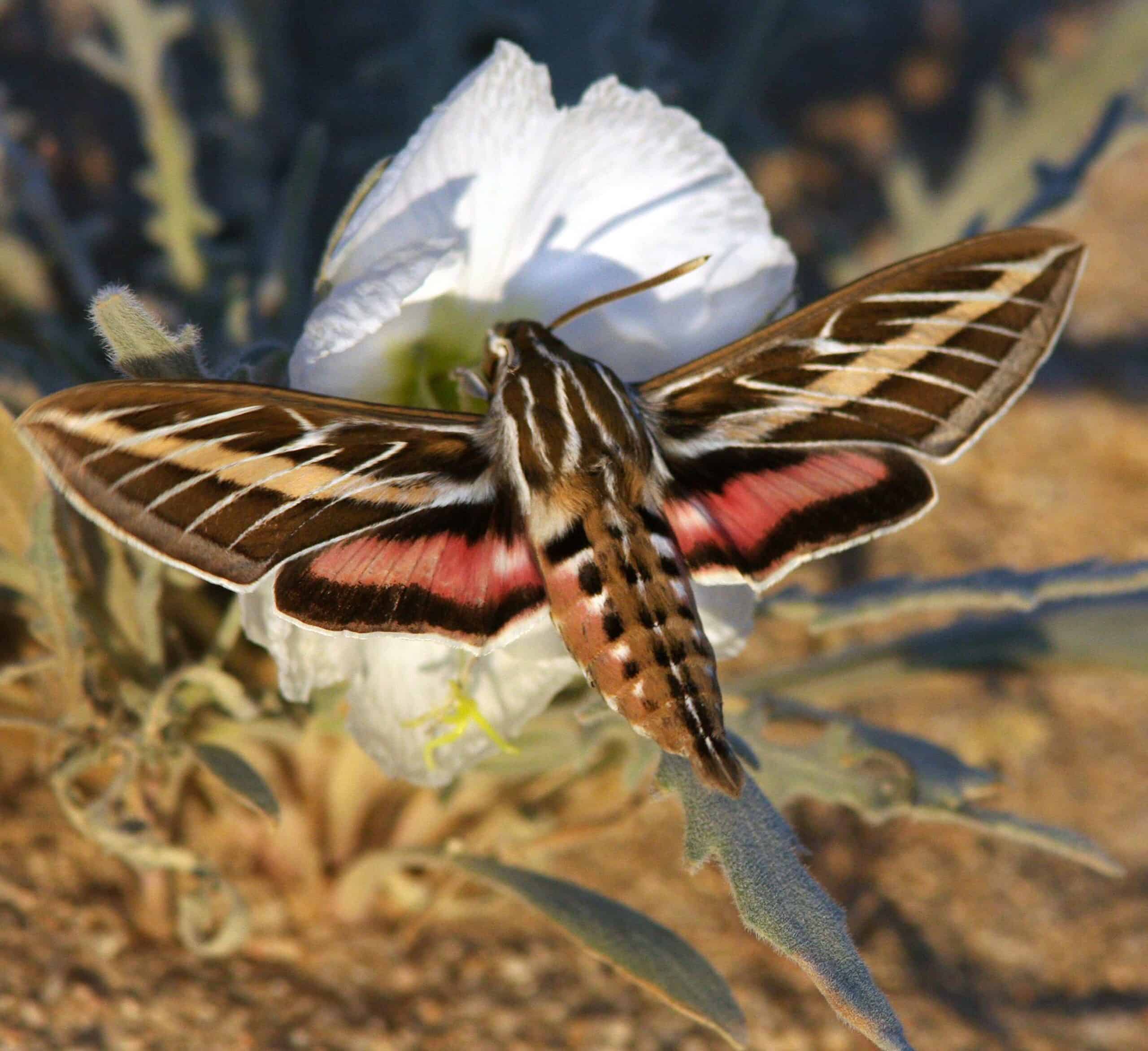Share this article
Wildlife Featured in this article
- red-tailed hawk
- barred owl
- screech owl
- great horned owl
Commercial rodenticide found in birds of prey
Researchers don’t yet know how harmful the poison is to raptors
Biologists have long worried about the effects of anticoagulants on raptors that eat animals poisoned with rodenticide. But now a different form of rodenticide—one that uses a neurotoxin—is also showing up in raptors, raising questions about what effects it may have on birds of prey.
Retailers began selling this alternative, called bromethalin, in hardware stores and other locations after the Environmental Protection Agency banned the sale of anticoagulants in these outlets in 2011. The action came after biologists noticed signs of the poison in the liver tissue of raptors that ate poisoned rodents.
Anticoagulants could be deadly to the birds. Now scientists are wondering what threat bromethalin may pose.
“There isn’t currently much research into whether bromethalin can cause the same sort of secondary exposure that we know the anticoagulants can cause,” said Maureen Murray, director of the Tufts Wildlife Clinic at Cummings School at Tufts University.
Murray led a study published in Environmental Pollution looking for bromethalin residues in fat samples of a total of 44 red-tailed hawks (Buteo jamaicensis), barred owls (Strix varia), eastern screech owls (Megascops asio) and great horned owls (Bubo virginianus).
Almost 30% of birds they studied tested positive for bromethalin. Over 95% tested positive for anticoagulants—including all the birds that tested positive for bromethalin—since those chemicals may still be used by pest professionals and farmers. “These products can also currently still be obtained by nonprofessionals,” Murray said.
Scientists don’t yet know if bromethalin is a cause of death in these raptors. The signs of poisoning can be consistent with other afflictions in birds, like avian influenza.
However, Murray and her colleagues recently published a case report in preprint on a bald eagle (Haliaeetus leucocephalus) that showed signs consistent with bromethalin poisoning. Testing ruled out avian influenza, West Nile virus, lead poisoning and other common causes of neurologic signs and death.
Being able to see if bromethalin is impacting birds of prey would require a lot of data, Murray said. Biologists would have to rule out other causes of neurological effects, and finding brain lesions consistent with bromethalin poisoning would also support the diagnosis. “I think it’s possible to get close to a more definitive diagnosis, but it requires a lot of testing,” she said.
Mitigating the effects of rodenticides won’t be easy, though, since they are widely used, often for public health reasons. But chemicals aren’t the only way to solve rodent problems, Murray said. Strategies like rodent proofing buildings can be more effective in the long run, Murray said, but they aren’t easy to put in place.
“It’s harder, it can be more resource intensive, and it can require behavior change on our part, which is not always easy at all,” she said.
Header Image: Red-tailed hawks tested positive for bromethalin, a neurotoxic rodenticide. Credit: Lucia Hackett, Tufts University








